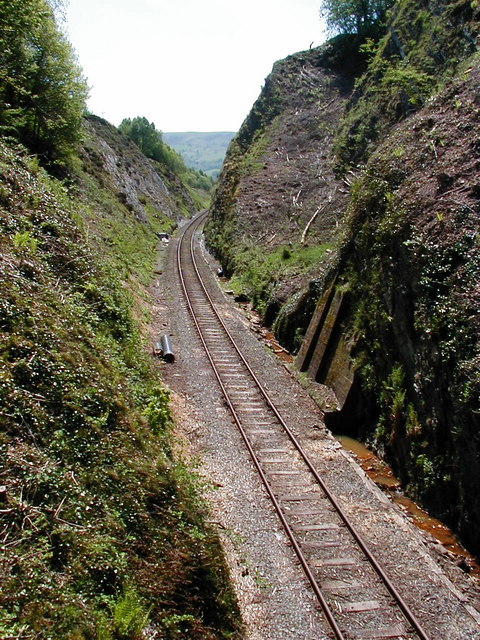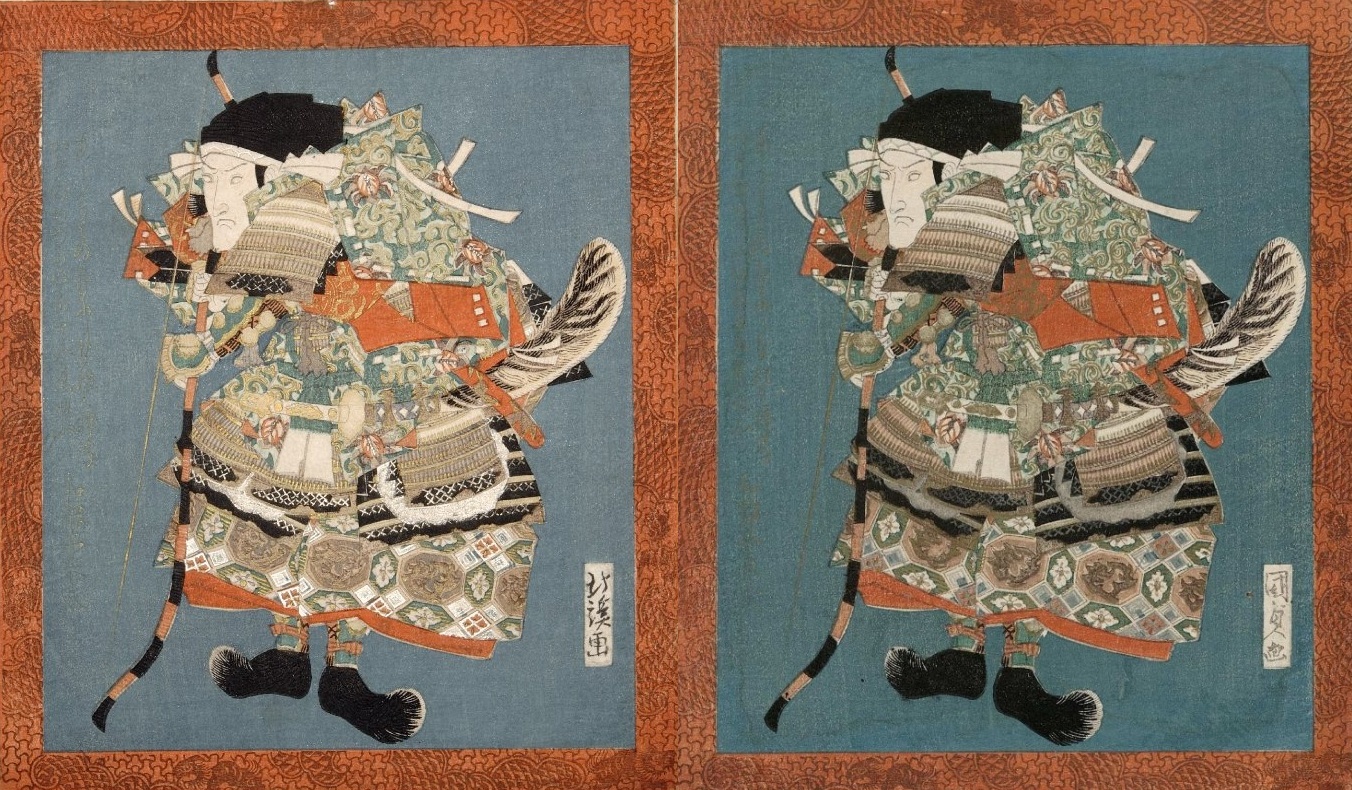|
Navvy
Navvy, a Clipping (morphology), clipping of navigator (United Kingdom, UK) or navigational engineer (United States, US), is particularly applied to describe the manual Laborer, labourers working on major civil engineering projects and occasionally in North America to refer to mechanical shovels and earth moving machinery. The term was coined in the late 18th century in Kingdom of Great Britain, Great Britain when numerous canals were being built, which were also sometimes known as "navigations". Nationalities A study of 19th-century Rail transport in Great Britain, British railway contracts by David Brooke, coinciding with Census in the United Kingdom, census returns, showed that the great majority of navvies in Britain were English. He also stated that "only the ubiquitous Irish can be regarded as a truly international force in railway construction," but the Irish were only about 30% of the navvies. By 1818, high wages in North America attracted many Irish workers to become a ... [...More Info...] [...Related Items...] OR: [Wikipedia] [Google] [Baidu] |
Steam Shovel
A steam shovel is a large steam engine, steam-powered excavating machine designed for lifting and moving material such as Rock (geology), rock and soil. It is the earliest type of power shovel or excavator. Steam shovels played a major role in public works in the 19th and early 20th century, being key to the construction of railroads and the Panama Canal. The development of simpler, cheaper Diesel fuel, diesel, gasoline and Electricity, electric Power shovel, shovels caused steam shovels to fall out of favor in the 1930s. History Origins and development Grimshaw of Boulton & Watt devised the first steam-powered excavator in 1796. In 1833 William Brunton patented another steam-powered excavator which he provided further details on in 1836. The steam shovel was invented by William Otis, who received a patent for his design in 1839. The first machines were known as 'partial-swing', since the boom could not rotate through 360 degrees. They were built on a railway chassis, on whic ... [...More Info...] [...Related Items...] OR: [Wikipedia] [Google] [Baidu] |
Elizabeth Garnett
Elizabeth Garnett (23 September 1839 – 22 March 1921) was a British missionary to navvies and an author. She was a founder and leading force of the Navvy Mission Society. Life Garnett was born in Otley in 1839. Her father conducted a service as Vicar of Otley for the men killed building the Bramhope Tunnel. The impressive monument is now listed and commemorated the work of the navvies who built the tunnel. Garnett married a clergyman but within a year she was a widow. In about 1872 Garnett was moved by a camp of navvies who were encamped near her home who were involved in building Lindley Wood Reservoir. She opened a Sunday School at the site and within a year she resolved to move to the camp. She was joined in her work by the Reverend Lewis Moule Evans. The Sunday School teachers and Evans founded a mission to the navvies by writing hundreds of letters to obtain support. The crowdsourcing created what was formally called the ''Christian Excavators' Union'' although Rev. L ... [...More Info...] [...Related Items...] OR: [Wikipedia] [Google] [Baidu] |
Cut (earthworks)
In civil engineering, a cut or cutting is where soil or rock from a relative rise is removed. Cuts are typically used in road, rail, and canal construction to reduce a route's length and grade. Cut and fill construction uses the spoils from cuts to fill in defiles to create straight routes at steady grades cost-effectively. Cuts are used as alternatives to indirect routes, embankments, or viaducts. They also have the advantage of comparatively lower noise pollution than elevated or at-grade solutions. In river management, the term cut or cutting is also used, which refers to the action of short-cutting a meander, in order to speed a waterway's flow. History The term ''cutting'' appears in the 19th century literature to designate rock cuts developed to moderate grades of railway lines. ''Railway Age's Comprehensive Railroad Dictionary'' defines a cut as "a passage cut for the roadway through an obstacle of rock or dirt." Creation Cuts can be created by multiple pass ... [...More Info...] [...Related Items...] OR: [Wikipedia] [Google] [Baidu] |
Morton Peto
Sir Samuel Morton Peto, 1st Baronet (4 August 1809 – 13 November 1889) was an English entrepreneur, civil engineer and railway developer, and, for more than 20 years, a Member of Parliament (MP). A partner in the firm of Grissell and Peto, he managed construction firms that built many of London's major buildings and monuments, including the Reform Club, The Lyceum Theatre, Nelson's Column and the replacement Houses of Parliament - commissions which brought him great wealth. The scale of his operations, and that of the workforce needed to undertake them, made him the world's largest employer. As a partner in Peto and Betts, he then became one of the major contractors in the building of the rapidly expanding railways of the time. Along with a small group of other Master Builders in London he is credited as a founding member of the Chartered Institute of Building in 1834. Early life Samuel Morton Peto, normally called Morton Peto, was born on 4 August 1809, in Woking, Surre ... [...More Info...] [...Related Items...] OR: [Wikipedia] [Google] [Baidu] |
Anglicanism
Anglicanism, also known as Episcopalianism in some countries, is a Western Christianity, Western Christian tradition which developed from the practices, liturgy, and identity of the Church of England following the English Reformation, in the context of the Protestant Reformation in Europe. It is one of the largest branches of Christianity, with around 110 million adherents worldwide . Most are members of national or regional Ecclesiastical province#Anglican Communion, ecclesiastical provinces of the international Anglican Communion, one of the largest Christian bodies in the world, and the world's third-largest Christian communion. When united and uniting churches, united churches in the Anglican Communion and the breakaway Continuing Anglican movement were not counted, there were an estimated 97.4 million Anglicans worldwide in 2020. Adherents of Anglicanism are called ''Anglicans''; they are also called ''Episcopalians'' in some countries. The provinces within the Anglican ... [...More Info...] [...Related Items...] OR: [Wikipedia] [Google] [Baidu] |
Manchester
Manchester () is a city and the metropolitan borough of Greater Manchester, England. It had an estimated population of in . Greater Manchester is the third-most populous metropolitan area in the United Kingdom, with a population of 2.92 million, and the largest in Northern England. It borders the Cheshire Plain to the south, the Pennines to the north and east, and the neighbouring city of Salford to the west. The city borders the boroughs of Trafford, Metropolitan Borough of Stockport, Stockport, Tameside, Metropolitan Borough of Oldham, Oldham, Metropolitan Borough of Rochdale, Rochdale, Metropolitan Borough of Bury, Bury and City of Salford, Salford. The history of Manchester began with the civilian settlement associated with the Roman fort (''castra'') of Mamucium, ''Mamucium'' or ''Mancunium'', established on a sandstone bluff near the confluence of the rivers River Medlock, Medlock and River Irwell, Irwell. Throughout the Middle Ages, Manchester remained a ma ... [...More Info...] [...Related Items...] OR: [Wikipedia] [Google] [Baidu] |
Museum Of Science And Industry (Manchester)
The Science and Industry Museum in Manchester, England, traces the development of science, technology and industry with emphasis on the city's achievements in these fields. The museum is part of the Science Museum Group, a non-departmental public body of the Department for Digital, Culture, Media and Sport, having merged with the National Science Museum in 2012. There are extensive displays on the theme of transport (cars, railway locomotives and rolling stock), power (water, electricity, steam and gas engines), Manchester's sewerage and sanitation, textiles, communications and computing. The museum is an Anchor Point of the European Route of Industrial Heritage and is on the site of the world's first passenger railway station – Manchester Liverpool Road – which opened as part of the Liverpool & Manchester Railway in 1830. The railway station frontage and 1830 warehouse are both Grade I listed. History The museum was called the North Western Museum of Science an ... [...More Info...] [...Related Items...] OR: [Wikipedia] [Google] [Baidu] |
Brass
Brass is an alloy of copper and zinc, in proportions which can be varied to achieve different colours and mechanical, electrical, acoustic and chemical properties, but copper typically has the larger proportion, generally copper and zinc. In use since prehistoric times, it is a substitutional alloy: atoms of the two constituents may replace each other within the same crystal structure. Brass is similar to bronze, a copper alloy that contains tin instead of zinc. Both bronze and brass may include small proportions of a range of other Chemical element, elements including arsenic, lead, phosphorus, aluminium, manganese and silicon. Historically, the distinction between the two alloys has been less consistent and clear, and increasingly museums use the more general term "list of copper alloys, copper alloy". Brass has long been a popular material for its bright gold-like appearance and is still used for drawer pulls and door handle, doorknobs. It has also been widely used to ma ... [...More Info...] [...Related Items...] OR: [Wikipedia] [Google] [Baidu] |
Forgery
Forgery is a white-collar crime that generally consists of the false making or material alteration of a legal instrument with the specific mens rea, intent to wikt:defraud#English, defraud. Tampering with a certain legal instrument may be forbidden by law in some jurisdictions but such an offense is not related to forgery unless the tampered legal instrument was actually used in the course of the crime to defraud another person or entity. Copies, studio replicas, and reproductions are not considered forgeries, though they may later become forgeries through knowing and willful misrepresentations. Forging money or currency is more often called counterfeiting. But consumer goods may also be ''counterfeits'' if they are not manufactured or produced by the designated manufacturer or producer given on the label or flagged by the trademark symbol. When the object forged is a record or document it is often called a false document. This usage of "forgery" does not derive from Metalwo ... [...More Info...] [...Related Items...] OR: [Wikipedia] [Google] [Baidu] |
Bank Paper
Bank paper is a thin, strong writing paper of less than 50g/m2. It is commonly used for typewriting and correspondence. The term is also used for securities that are issued by banks, instead of governments. See also commercial paper, securities issued by corporations A corporation or body corporate is an individual or a group of people, such as an association or company, that has been authorized by the State (polity), state to act as a single entity (a legal entity recognized by private and public law as .... References Printing and writing paper {{Material-stub ... [...More Info...] [...Related Items...] OR: [Wikipedia] [Google] [Baidu] |







